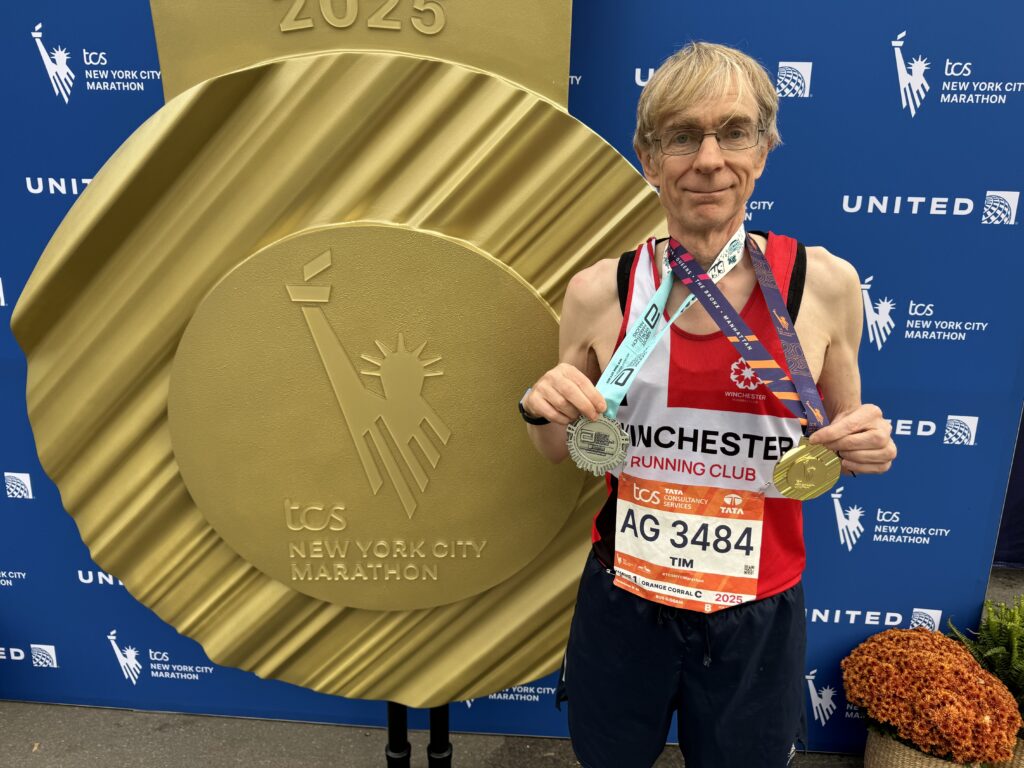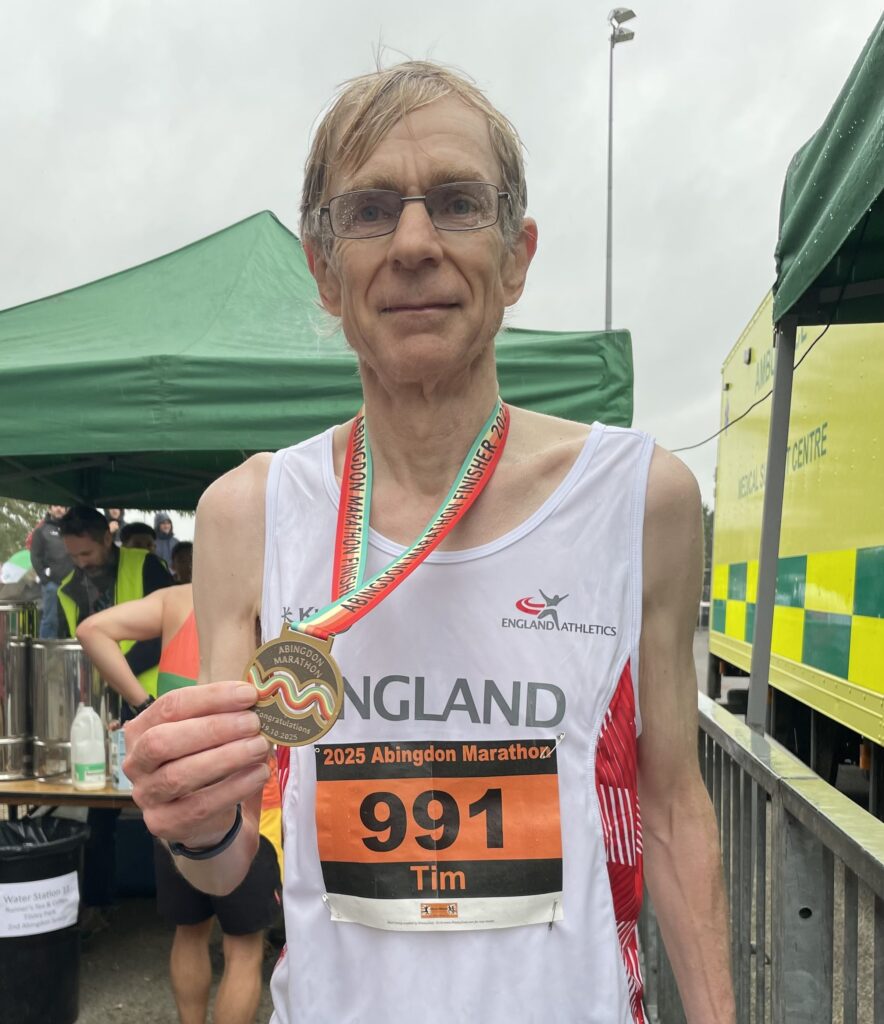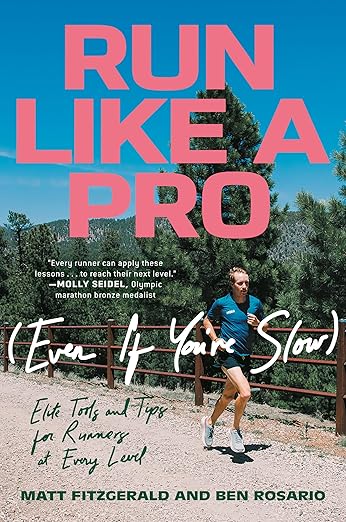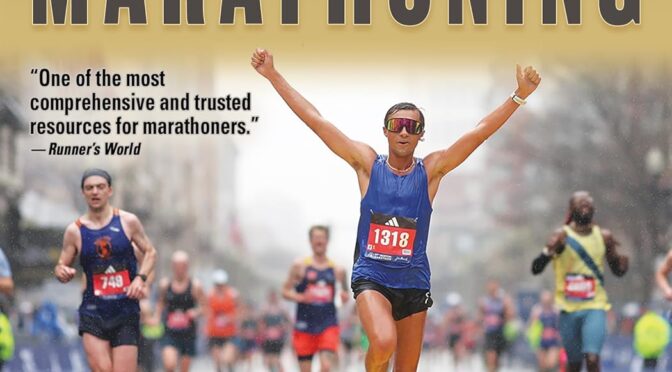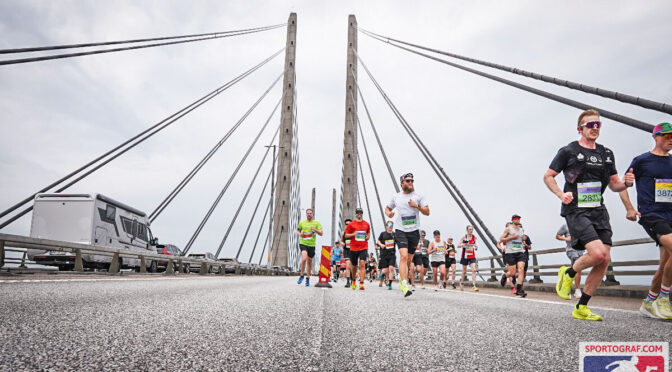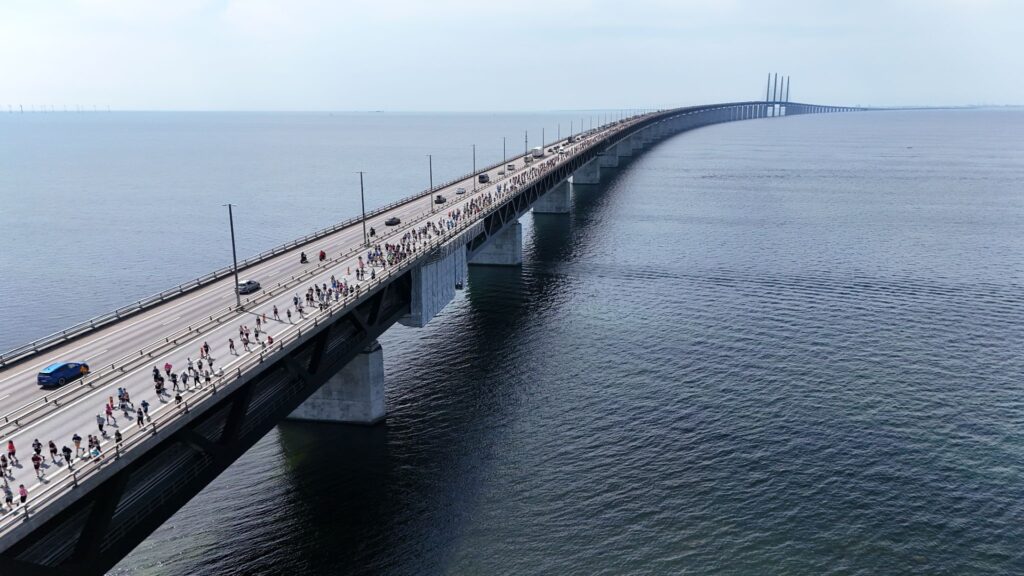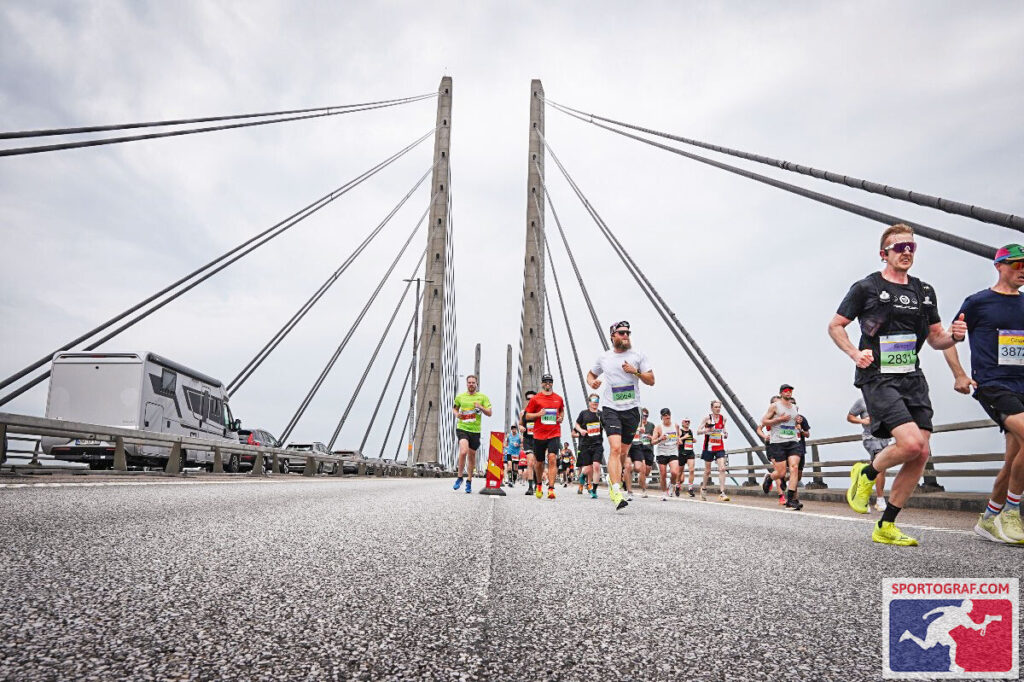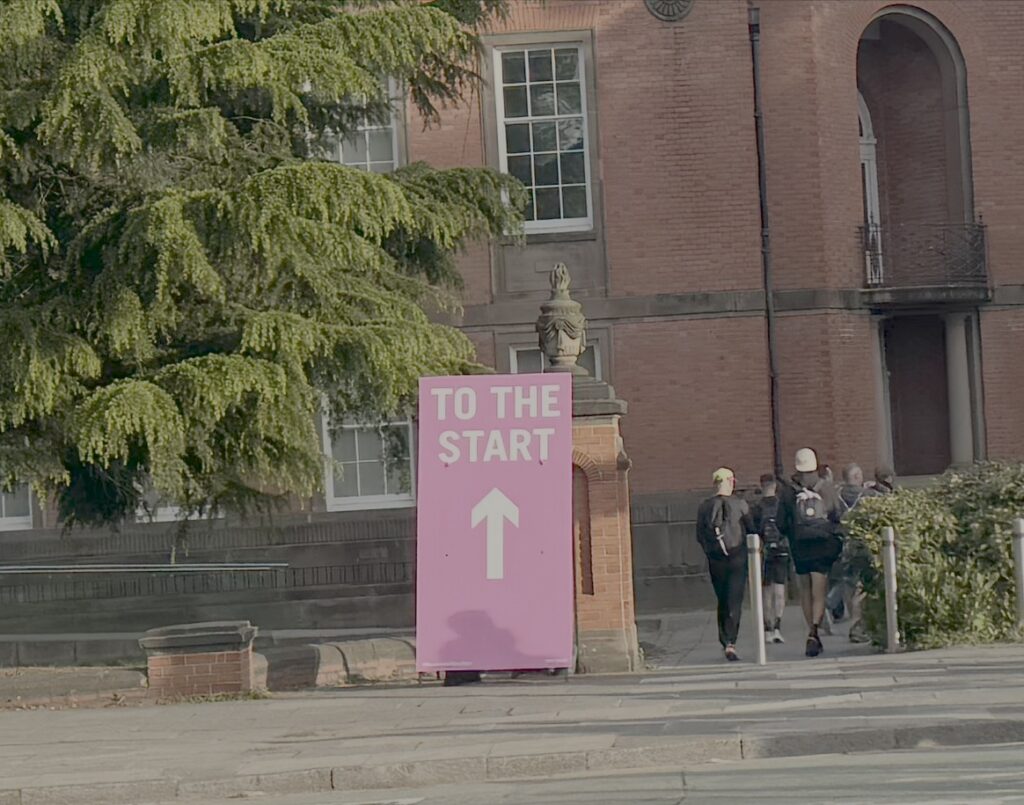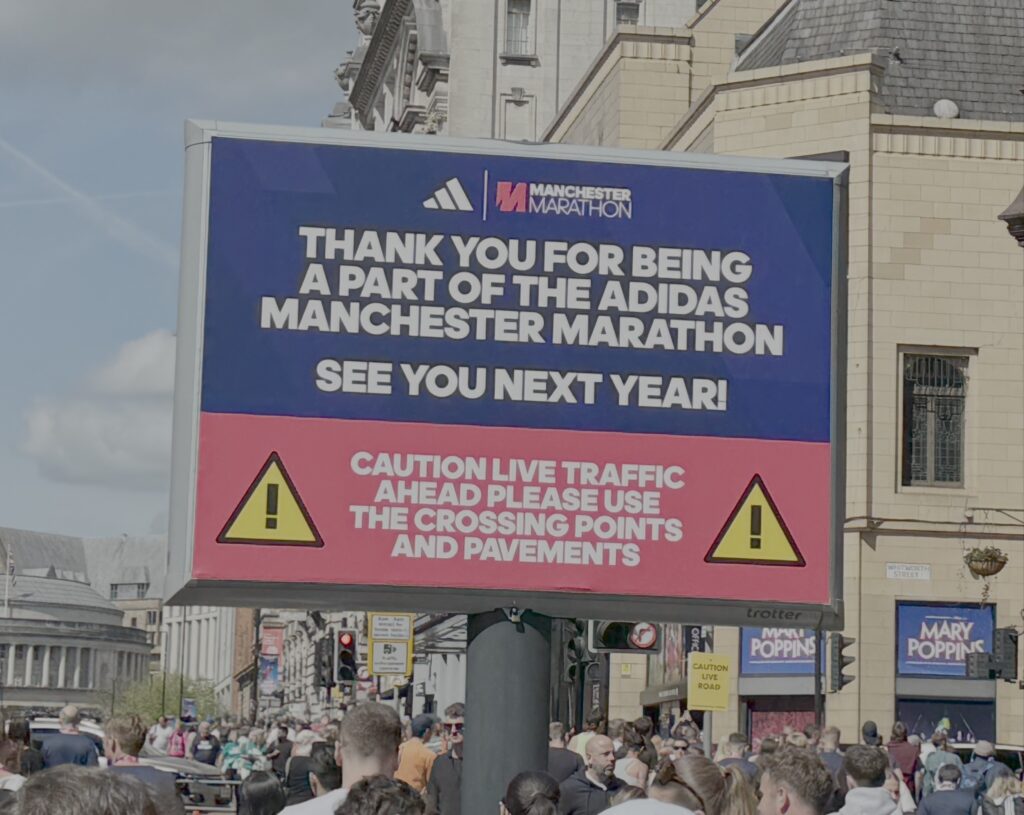Running has been an important part of life in the past year. I do not know if I will ever have another year like it.
I feel that the story of 2025 makes no sense unless I give the background. If you know all this, or are impatient, please skip ahead.
How I started running
I date the beginning of my running adventure as July 2022, when I ran my first parkrun in a time of 29:20, which I was told at the time was pretty good for age 64. I recall having no idea how to pace myself.
I continued with Parkrun and then, sometime around the beginning of 2023, formed the idea of running a half marathon. Understanding that I would need to train, I started running a daily 1.6km hilly circuit near my house, and a long run on Sunday mornings, gradually increasing the distance. I did my first 20km training run in May 2023. I was so exhausted that I slept for the rest of the day.
On these long runs I met some people from a local running club, chatted to them, and ended up joining. Now I had a once (sometimes twice) a week training session with an actual coach leading it.
September 2023 I ran my first half marathon race in the New Forest, achieving a time of 2:06. Two weeks later I ran the Winchester Half, which had pacers. I was expecting a worse time because of the hilly course, but was surprised to find myself passing the 2 hour pacers after around 8 miles. Sub 2-hours would be a dream, I thought, and dug in. I passed my son, who was spectating, and gasped, “How much am I ahead of the 2 hour pacers?” Another runner overheard and answered for him, that it was about 30 seconds. For the rest of the race, I ran as if they were just behind me and about to overtake, though not daring actually to look over my shoulder. I finished the race in 1:58:27.
I remember thinking, what next? I had run a sub-2 hour half marathon, perhaps that was enough. At the same time, I did not want to lose the fitness I had achieved. I booked the Edinburgh half in May 2024, while other club members talked me into taking on some of the Hampshire Road Race League races, which range from 5 miles to half marathon.
In March 2024 I suffered my first real running injury. Plantar Fasciitis. My planned summer of running was under threat. The low point was abandoning a parkrun in agony after just 1km. I learned that the faster you run, the more likely you are to get injured; and that strength training is a requirement for serious runners. After intensive exercising I found myself able to run again, and completed the Edinburgh half in 1:46:45.
If running a half marathon in a respectable time was not enough, it followed that I should take on a marathon, before I was too old to attempt it. The one I wanted to do was London, of course; but it is tough to qualify and odds-against in the lottery. Perhaps I could run another marathon first, and get a “good for age” entry? I booked the Abingdon Marathon for October 2024. I think my expression on finishing says everything. Time was 3:37:16, probably good enough for London 2026, especially since I was by then 65.
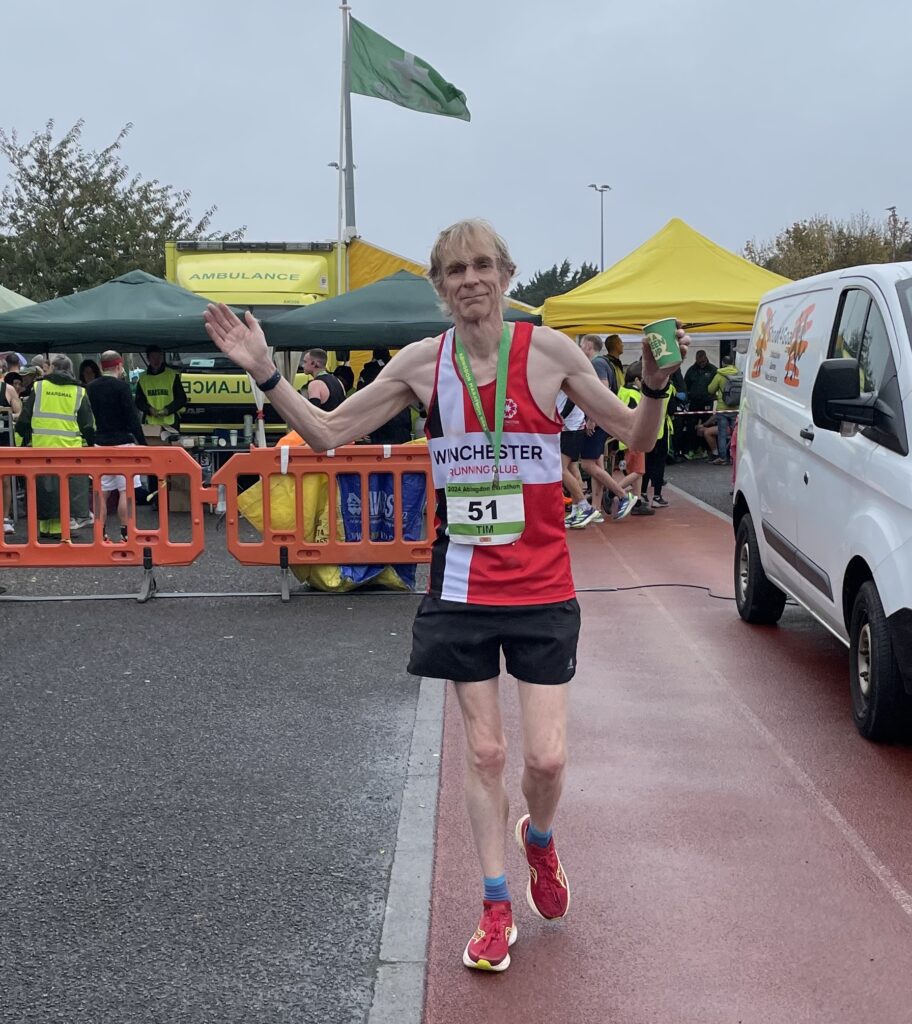
2025: getting faster, Manchester marathon, and a few surprises
Knowing that Abingdon Marathon, being my first, might not go as hoped, I had booked a second marathon, Manchester in April 2025. I set myself the target of 3:30:00, as I felt that I could do better than my Abingdon time. I started training just after Christmas, as well as fitting in more local races.
Most people improve for the first year or two after taking up running and so it proved for me. 2025 seemed to be the year when every race was a PB (personal best); well, not every race, but best-ever times came regularly, starting with a 43:01 in the Stubbington 10K. At the Ryde 10 mile in January I won my first-ever prize, for coming second in my age category. In April, just before Manchester, I ran my best parkrun in 20:38.
Another notable event was receiving an invitation to run the New York Marathon as part of the Age Group World Championships run by Abbott. This being another marathon that can be hard to get into, I thought I should take up the opportunity.
Manchester was a tough race. I ran it with discipline and tried to keep an even pace. The closing miles were the hardest I have ever run. It was unseasonably hot and all around me, some runners were slowing to a walk. My pace slipped only slightly but I ran through the finish line hardly able to think straight. 3:27:46.
Almost accidentally, I had been clicking around the England Athletics site some weeks before and discovered that Manchester marathon was a qualifier for the England Age Group Masters marathon in the Autumn. I had signed up, with no expectation of success. The top three finishers in my age group, among those who had also registered, would qualify. Someone faster than me would have been third, but suffered cramp and did not run well that day. I was in; but the England Age Group Masters race was back in Abingdon, just two weeks ahead of New York. Could I do both?
It was too good an opportunity to turn down. I took it on, on the basis that I could run New York for the experience and not worry too much about the time.
I also figured that the best way to prepare for two marathons in quick succession would be to increase my volume. I ran like crazy, maxing out at around 70 miles in a week.
Garmin now tells me that in 2025 I ran 2,391 miles which is an average of 46 miles per week.
In the England Masters race I beat my Manchester time, running 3:25:33 and getting a mention in the England Athletics race report. Despite the better time, it was not as hard a race as Manchester and I now wish I had fought harder for sub-3:25!
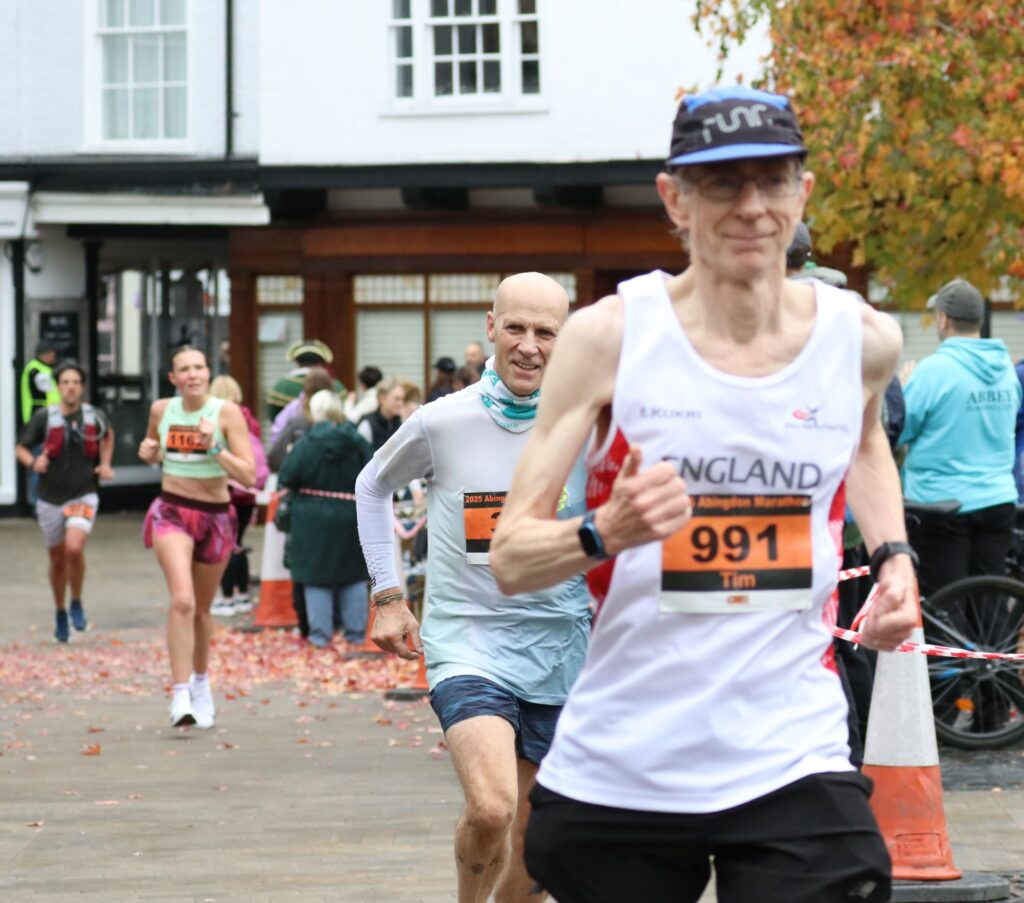
The best race though came one week later. I am not sure how this works; you are meant to rest after running a marathon, but the training also gets you to a peak of fitness. Psychologically, I knew that New York was to come and perhaps that kept me going. So I ran the New Forest 10 mile, thinking I would take it easy, but it was one of those races where everything came together. I finished in 1:11:54, a PB by two minutes.
New York was a fantastic experience, but from a performance point of view this is where it began to fall apart. I was not at my best the day before, having picked up some sort of mild cold, and spent the night wondering if I could race at all. On the day it seemed better, but I started too fast and lost pace in the second half. A 3:37:39 time was not terrible, though also my slowest marathon time so far.
A couple of months on, and I am paying the price for this energetic year. I cannot run as fast as I could three months ago, and have some niggling mild injuries to tend.
On the plus side, I have qualified for London and hope to enjoy it; perhaps my pace will come back, but even if 2025 proves to have been a peak, I will not mind.
I am not an elite athlete but still achieved more than I dared to hope when contemplating running a first half marathon just two years ago.

